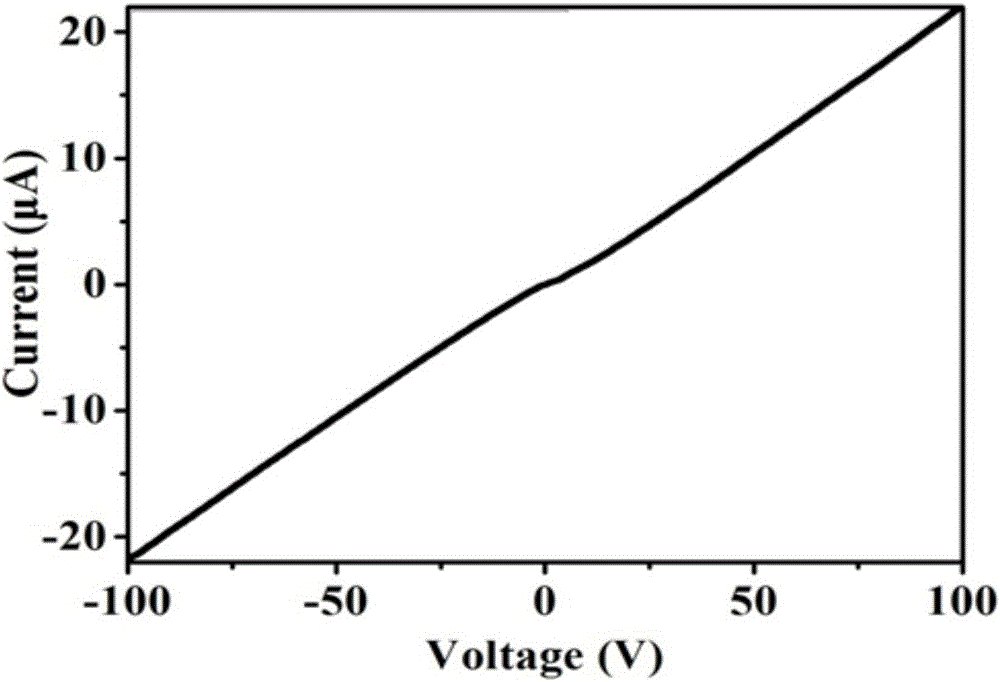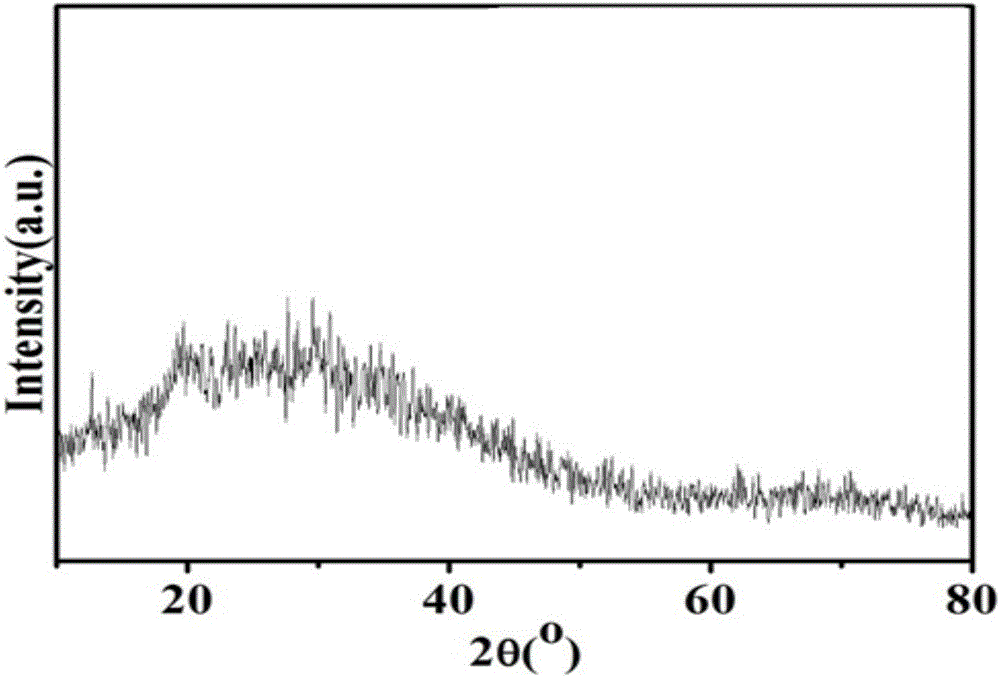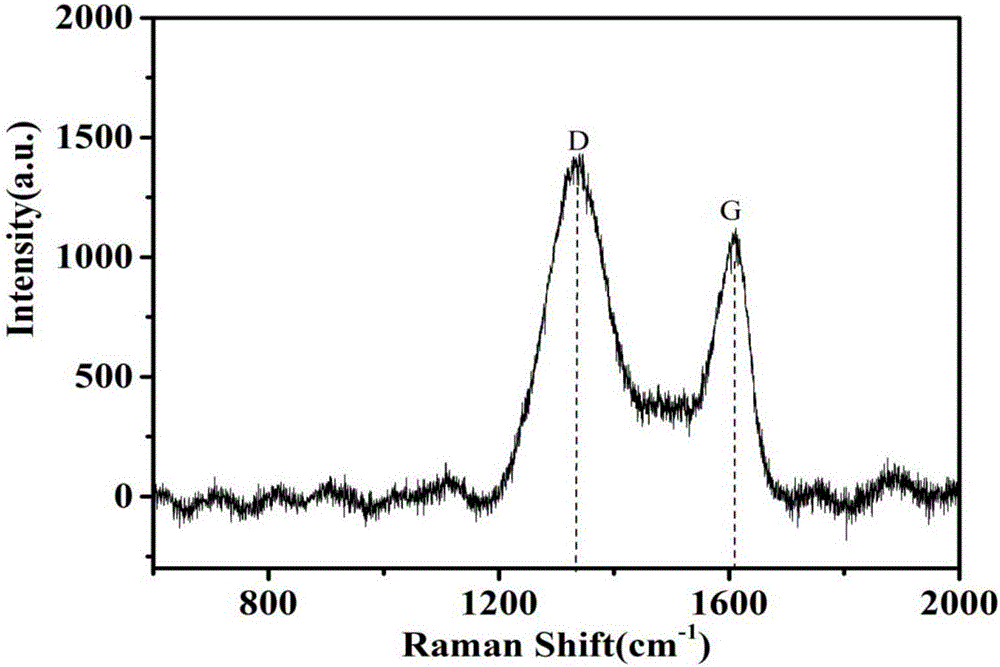Microwave aftertreatment modifying method for polymer precursor-derived ceramics
A technology of precursors and polymers, applied in the field of microwave post-treatment modification of polymer precursors and ceramics, to avoid oxidation, realize volume heating, and promote mass transfer.
- Summary
- Abstract
- Description
- Claims
- Application Information
AI Technical Summary
Problems solved by technology
Method used
Image
Examples
Embodiment
[0035] A microwave post-treatment modification method for polymer precursor ceramics in this embodiment includes the following steps:
[0036] 1) in N 2 Under protection, mix polysilazane and thermosetting agent at a mass ratio of 95:5, and stir at 80°C for 1 hour to obtain a mixture; the structure of polysilazane is shown in Formula 1; the thermosetting agent is diisoperoxide Propylbenzene;
[0037] 2) Under vacuum conditions, solidify the mixture obtained in step 1) in a scintillation vial at 140°C for 3 hours to obtain a cured product; after milling the cured product with a high-energy ball mill for 30 min, press it into a circle with a diameter of 20 mm and a thickness of about 2.4 mm piece;
[0038] 3) Under the protection of nitrogen, place the wafer in a tube furnace and pyrolyze it at 1000°C for 4 hours to obtain a precursor ceramic;
[0039] 4) Under the protection of nitrogen, put the precursor ceramics in the heat preservation device, put them into the microwave ...
PUM
| Property | Measurement | Unit |
|---|---|---|
| tensile strength | aaaaa | aaaaa |
Abstract
Description
Claims
Application Information
 Login to View More
Login to View More - R&D Engineer
- R&D Manager
- IP Professional
- Industry Leading Data Capabilities
- Powerful AI technology
- Patent DNA Extraction
Browse by: Latest US Patents, China's latest patents, Technical Efficacy Thesaurus, Application Domain, Technology Topic, Popular Technical Reports.
© 2024 PatSnap. All rights reserved.Legal|Privacy policy|Modern Slavery Act Transparency Statement|Sitemap|About US| Contact US: help@patsnap.com










